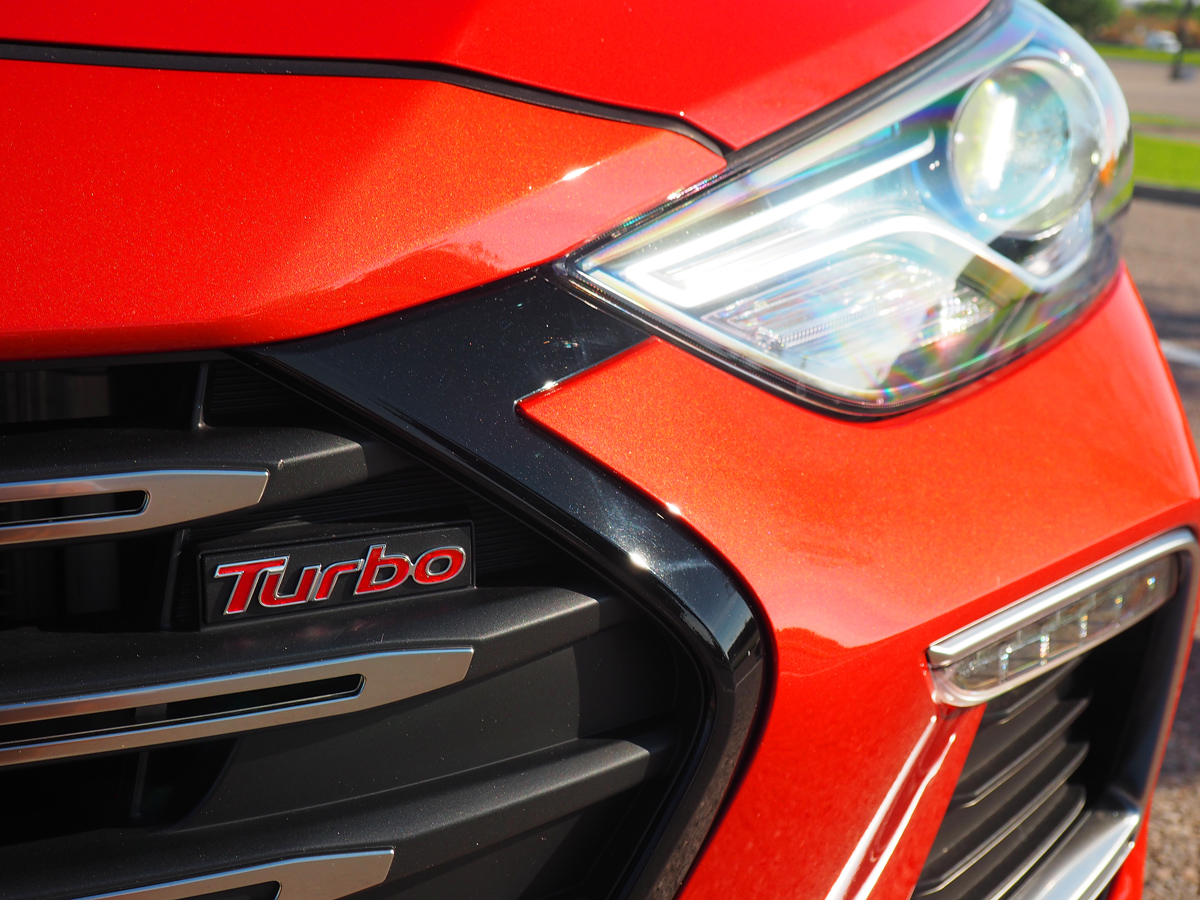Turbocharged Sport model joining 2017 Hyundai Elantra lineup


Not content with reaching the milestone of 500,000 Elantras sold in Canada earlier this year, Hyundai is continuing to evolve the compact sedan by adding a Sport model, billing it as the most powerful and dynamic version the manufacturer has ever made.
The Sport would not be possible without the underlying sixth generation chassis, built upon a “superstructure” comprised of 21 per cent more high strength steel than before, explained Ken Maisonville, national manager of product strategy. He spoke at start of the Hyundai Fun Day event held in Ontario where media were given a taste of the sprightly sedan after “finding” the vehicle from solving a series of geocaching puzzles set up around the Greater Toronto Area.

“We took our own in house steel plant — we’re the only manufacturer in the world with our own steel plant — and started from the ground up with an all new superstructure and that’s the basis for everything about Elantra,” said Maisonville.
To throw some additional numbers out there, torsional rigidity has improved by 30 per cent, and bending rigidity by 25 per cent. So what does that mean in plain English?

“Improved ride and handling, cabin quietness and safety. That’s what we’re going for and that’s going to turn around perception of quality,” he said.
A number of exterior changes differentiate the Sport from regular variants. These include a unique front fascia comprised of headlamp housings containing red inserts; a wider black chrome grille, horizontally, as opposed to vertically, arranged signature LED daytime running lights; and a subtle splitter resting beneath the front bumper.

Around the rest of the vehicle, there are 18-inch multi-spoke wheels wrapped in Hankook Ventus S1 Noble2 tires, side skirt extensions, revised LED taillight lenses and dual polished muffler tips peeking out from behind a built-in rear bumper diffuser.
The dual-exit tailpipes don’t just look pretty — they’re connected to a specialized exhaust system tuned for a very specific performance-oriented sound. Maisonville says engineers paid extra attention to ensure it’s only loud on the outside without the dreaded in-cabin drone at mid to high rpm levels.

Backing up the aggressive rumble is a 1.6-litre turbocharged four-cylinder engine producing a healthy 201 horsepower and 195 lb-ft of torque at an accessible 1,500 rpm. Choices of transmission are between a six-speed manual and a seven-speed dual-clutch transmission.
The 2017 Hyundai Elantra Sport will start at MSRP $24,999 when it is launched later this fall.

